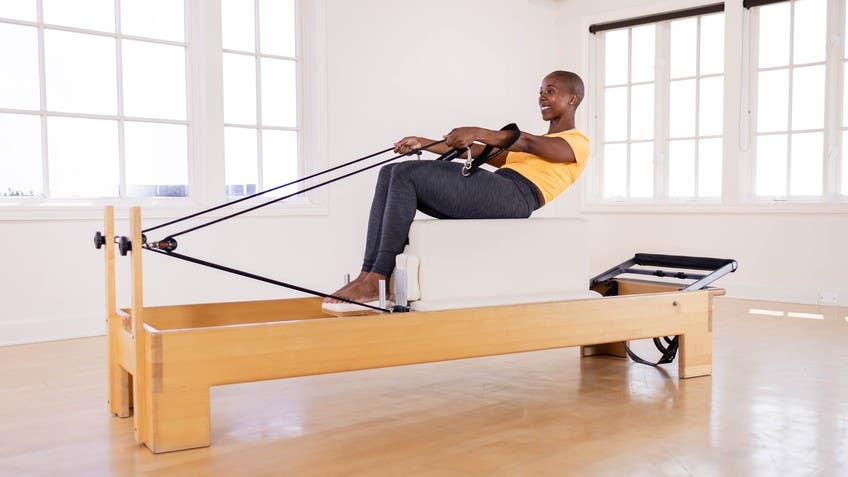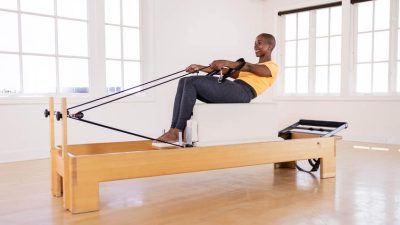
Description
Join Zola Williams for a full-body flow on the Balanced Body Reformer, designed specifically for those looking to rebuild strength after childbirth. This dysastasis-friendly session mirrors the principles of Mat work while avoiding pressure on the rectus abdominis, ensuring a safe and effective workout. Experience a carefully crafted routine that respects your postpartum needs while challenging you to reconnect with your core and build overall strength, leaving you feeling empowered and rejuvenated.
What You’ll Need: Reformer w/Box







